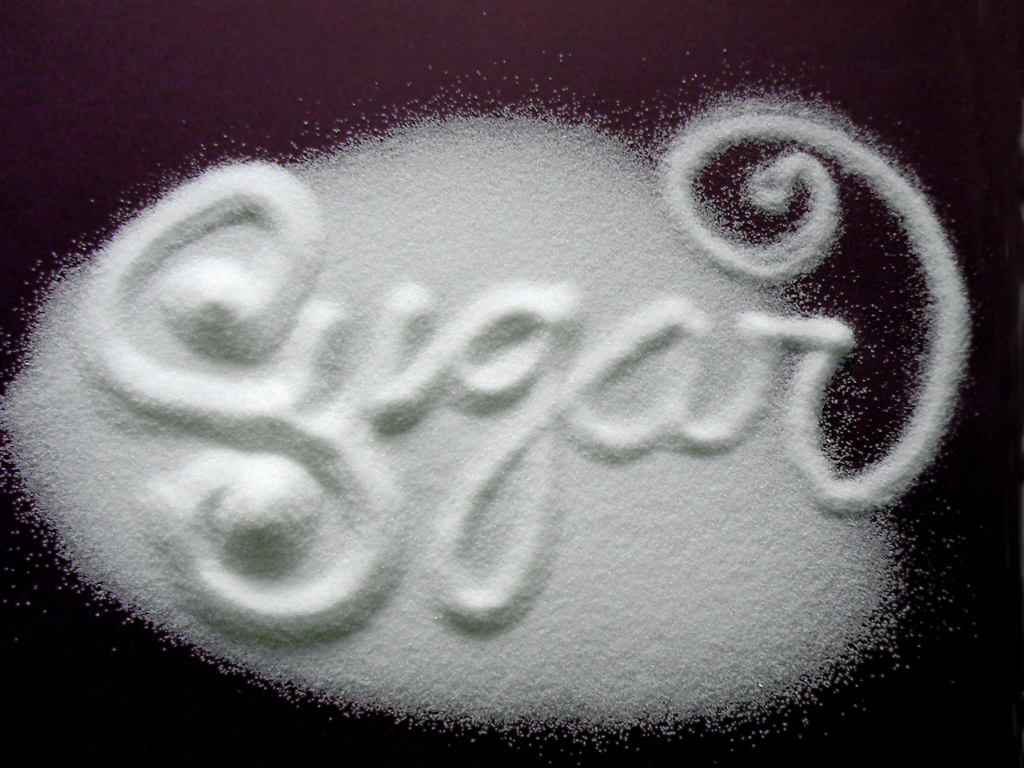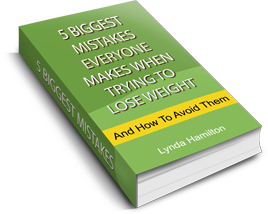We all know we shouldn’t eat too much sugar but do we really need to give it up completely?

Sugar has been blamed for a worldwide obesity epidemic. Weight gain is caused by eating more energy (or kilojoules) than is used up in physical activity. So to achieve and maintain a healthy weight, the focus needs to be on eating fewer kilojoules (including watching portion sizes) and moving more. Studies have shown that a high intake of carbohydrates, including sugar, releases a feel good chemical in the brain called serotonin. Think of how you feel after indulging in a high sugar meal or treat. The high of a sugar rush is temporary though. After a few hours—or even a few minutes—you start to crash and you become tired, fatigued and lethargic.
Sugars are a form of carbohydrate found naturally and added in different foods. Sugars which are naturally occurring include those found in milk, fruit, vegetables and legumes. Sugars which are extracted from plants, such as sugar cane, are added to food or drink. You’ll find added sugar in foods we know are ‘bad’ for us – such as soft drinks, lollies, cakes, biscuits, pies and pastries – but also in supposedly healthy foods such as juices, canned foods, pre-made sauces and breakfast cereals. Sugars are added to foods for flavour, texture, bulk and keeping qualities. Large amounts of added sugars may contain few other important nutrients making them energy dense but nutrient poor.
It is important to remember that not all carbohydrates (sugars) are equal. Many people mistakenly think of carbohydrates as fattening when trying to lose weight. This may be true if the carbohydrates eaten are from the simple sugars found in chocolate bars and biscuits. However if the carbohydrates eaten are from complex sugars such as those in wholegrain foods, vegetables and legumes then this is not the case.
Studies show that eating whole grains instead of refined grains lowers the risk of many chronic diseases. Wholegrains include wholemeal or wholegrain breads or crispbreads, dark ‘seedy’ breads, wholegrain breakfast cereals, wheatgerm, brown rice, puffed whole grains, bulgur, quinoa, couscous, popcorn and oatmeal.
The benefits of whole grains most documented by repeated studies include:
- stroke risk reduced 30-36%
- type 2 diabetes risk reduced 21-30%
- heart disease risk reduced 25-28%
- better weight maintenance
Other benefits indicated by recent studies include:
- reduced risk of asthma
- healthier carotid arteries
- reduction of inflammatory disease risk
- lower risk of colorectal cancer
- healthier blood pressure levels
Sugars found in nutrient-poor foods are the ones that are increasing our waistlines and therefore, increasing our risk of associated health complications such as obesity, elevated triglycerides, low HDL (good) cholesterol levels, heart disease, dental caries and type 2 diabetes.
Sugar-sweetened drinks such s soft drinks, cordials, vitamin waters, fruit drinks, energy and sports drinks, are the largest source of sugars in the Australian diet. Research shows quite clearly that sugary drinks are a problem. If you take in calories in liquid form then you don’t eat less of anything, but if you eat a piece of bread you will under most circumstances eat a bit less of something else. Drinking too many sugar-sweetened drinks can cause moderate weight gain as the extra liquid calories are not matched by a reduction in calories from other foods.
Recommendation
The Australian Dietary Guidelines recommends limiting ‘intake of foods and drinks containing added sugars’. The World Health Organisation recommends added sugars make up no more than 10 per cent of our daily food intake, which is quite reasonable, it means you can have your piece of cake sometimes.
The Verdict?
No-one would argue that eating a diet full of sugary drinks and high-sugar foods, such as confectionary, biscuits and cakes, will make you put on weight. But it’s quite likely that those who eliminate all added sugar from their diet, lose weight because they stop eating processed foods and choose healthier options. Many experts believe it is possible to maintain a healthy diet and enjoy the occasional treat.
Tips to decrease the amount of added sugar in your diet.
Find out where the sugar is hiding.
The first step in conquering your sugar habit is to rid your pantry and refrigerator of added sugar. Some things (think ice cream, cookies and candy) are obvious, but most of us need to look closer at where the sugar in our diets is coming from. This will require a bit of label reading in the beginning, but after a while, it will become easier.
In order to cut back on hidden or added sugar, scan the ingredients list of a food label. If you see any of the following terms listed, then sugar has been added to the product in one form or another and it is best left on the shelf at the store—especially if that sugar shows up within the first five ingredients of any food product (The ingredient list of a food item is listed in order of weight. So if the first ingredient is sugar, then that food item mostly consists on sugar).
| Agave nectar Barley malt Beet sugar Brown sugar Buttered syrup Cane sugar Cane juice Cane juice crystals Carob syrup Confectioner’s sugar Corn syrup High fructose corn syrup Corn sugar Corn sweetener |
Corn syrup solids Crystalized fructose Dextran Dextrose Diastatic malt Evaporated cane juice Fructose Fruit juice Fruit juice concentrate Glucose Glucose solids Golden sugar Golden syrup |
Honey Invert sugar Lactose Malt Maltodextrain Maltose Maple syrup Molasses Raw sugar Refiner’s syrup Sucanat Sucrose Yellow sugar |
Create a sugar free Kitchen
Now that you know what to look for (and avoid), it’s time to replace the products you tossed with sugar-free counterparts. For example, replace high-sugar cereals with a whole grain cereal that contains little to no added sugars. Sweeten it naturally with fresh berries or half of a diced banana. Instead of snacking on lollies or cookies, reach for a handful of nuts or some raw veggies and hummus. Replace sweetened yogurt with Greek yogurt or plain yogurt.
Stop the Cravings
You’ve identified the sources of added sugar in your diet and replaced those foods with healthier and more wholesome alternatives. Your kitchen is now set up for success! Now it’s time to make a conscious effort to avoid sugary foods. When a craving strikes, try going for a walk or simply drinking a glass of water. Take a hot bath or get lost in a good book. Typically any craving will pass if you wait it out long enough. But it’s important to begin understanding the difference between true hunger and food cravings. If you are truly hungry, a handful of nuts or some raw veggies dipped in hummus will sound appetising, so go ahead and eat one of your healthy snacks. But if you’re craving something sweet or a specific sugary food, use a distraction technique.






 Follow Us On Twitter
Follow Us On Twitter Like Us On Facebook
Like Us On Facebook Watch Us On YouTube
Watch Us On YouTube
Leave a Reply